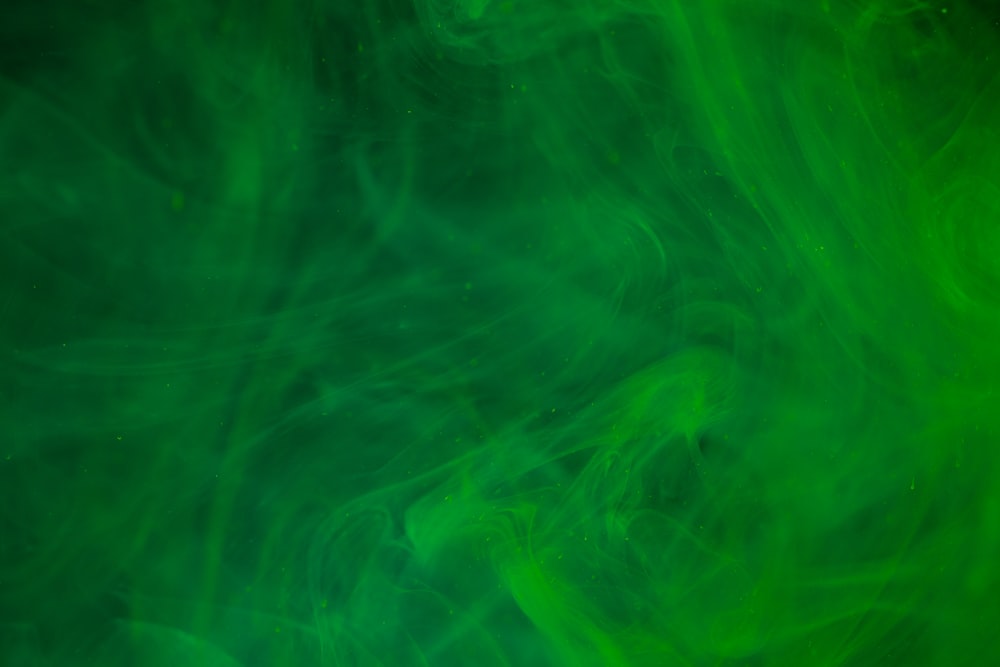
The Truth About Green Diarrhea Insights and Remedies
Understanding Green Diarrhea: Causes and Remedies
Unveiling the Mystery
Green diarrhea can be a concerning and uncomfortable experience for many individuals. Often, it’s a symptom that raises questions and prompts a search for answers. Understanding the causes and remedies for green diarrhea is crucial for managing this condition effectively.
The Causes Behind the Green Hue
One of the first questions that arise is, “What causes green diarrhea?” The color change is typically due to the rapid transit of food through the digestive system. When food moves quickly through the intestines, bile – the greenish-yellow fluid produced by the liver – doesn’t have enough time to break down completely, resulting in green-colored stool.
Dietary Factors and Green Stool
Your diet plays a significant role in the color of your stool. Consuming large amounts of green leafy vegetables, such as spinach or kale, can contribute to green-colored stool. Additionally, foods or beverages with artificial colors, like green-colored drinks or candies, can also lead to temporary green diarrhea.
Underlying Health Conditions
While dietary factors are often the primary cause, green diarrhea can also indicate underlying health issues. Conditions such as gastrointestinal infections, food poisoning, irritable bowel syndrome (IBS), and Crohn’s disease can cause changes in stool color, including green diarrhea. If green diarrhea persists or is accompanied by other concerning symptoms, it’s essential to consult a healthcare professional for further evaluation.
Medication Side Effects
Certain medications can also lead to changes in stool color, including green diarrhea. Antibiotics, for example, can disrupt the natural balance of bacteria in the gut, resulting in digestive disturbances. Nonsteroidal anti-inflammatory drugs (NSAIDs) and some antacids may also cause gastrointestinal side effects, including changes in stool color.
When to Seek Medical Attention
In most cases, green diarrhea is temporary and resolves on its own without treatment. However, there are instances where it may indicate a more serious underlying condition. If green diarrhea is persistent, severe, or accompanied by other concerning symptoms such as fever, dehydration, abdominal pain, or blood in the stool, it’s crucial to seek medical attention promptly.
Managing Green Diarrhea: Practical Tips
Fortunately, there are several strategies you can employ to manage green diarrhea effectively:
- Stay Hydrated: Drink plenty of fluids, such as water, electrolyte solutions, or clear broths, to prevent dehydration.
- Eat bland foods: Stick to a bland diet consisting of easily digestible foods like bananas, rice, applesauce, and toast (BRAT diet) until symptoms improve.
- Avoid Trigger Foods: Identify and avoid foods that may exacerbate diarrhea, such as spicy, greasy, or high-fiber foods, until your digestive system settles.
- Consider Probiotics: Probiotic supplements or fermented foods like yogurt may help restore the balance of beneficial bacteria in your gut and alleviate diarrhea symptoms.
- Rest and Relaxation: Allow your body ample time to rest and recover. Stress can exacerbate digestive issues, so practicing relaxation techniques such as deep breathing or meditation may be beneficial.
Conclusion
Green diarrhea can be alarming, but in most cases, it’s temporary and resolves with simple dietary adjustments and self-care measures. By understanding the potential causes and implementing practical remedies, you can effectively manage this common digestive issue and promote overall gastrointestinal health. If symptoms persist or worsen, don’t hesitate to seek medical advice for proper evaluation and treatment. Read more about green diarrhea



